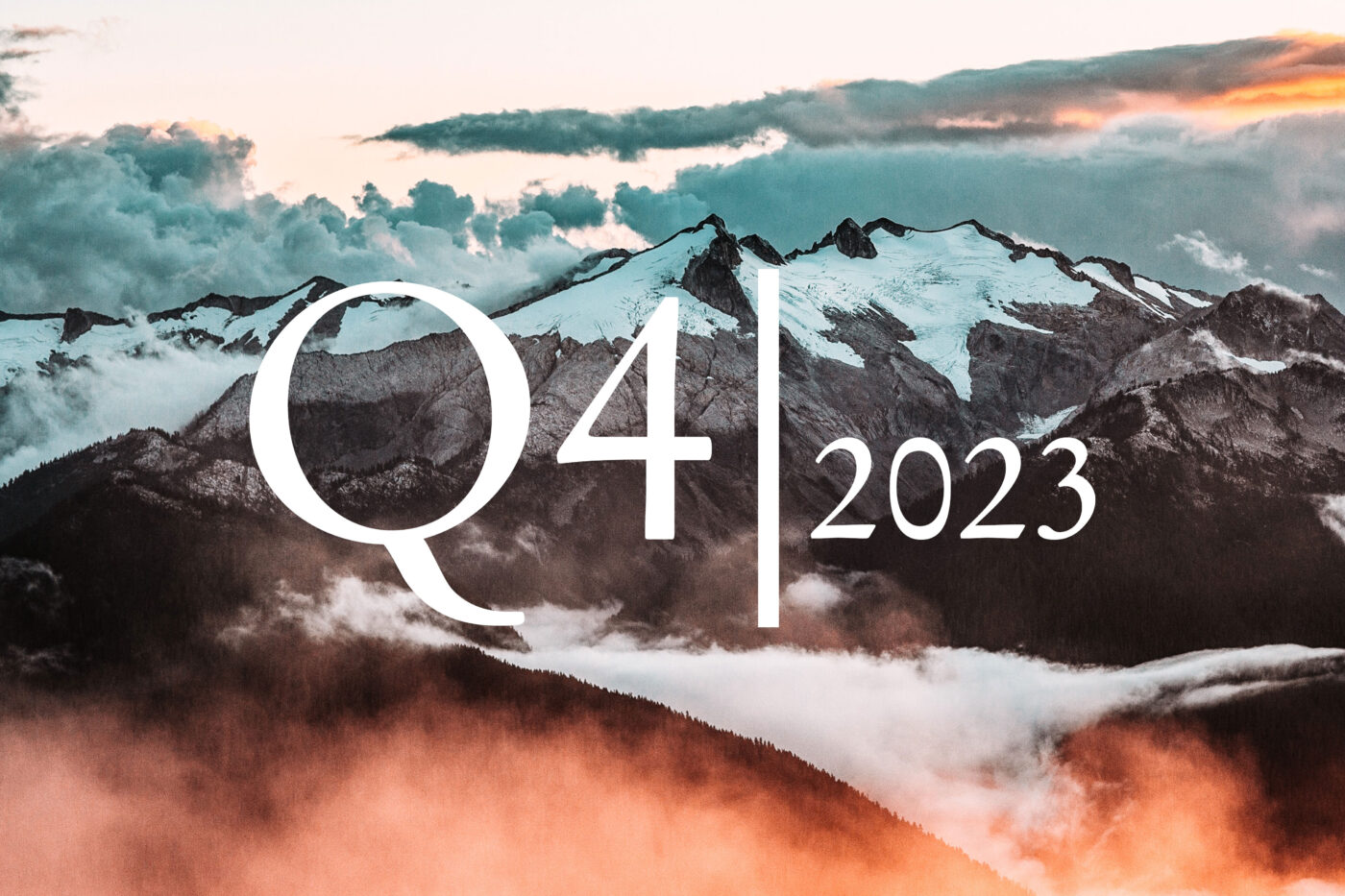Oil continues to move sideways despite positive developments
Crude oil (Brent) has recently stabilised above the USD80 per barrel mark after the significant weakness in the fourth quarter of last year. Tailwinds have come from two directions. On the one hand, many shipping companies are now diverting their oil tankers to the much longer route around the Cape of Good Hope because of the attacks by the Houthi rebels in the Red Sea. This not only increases transport costs, but also ties up more supply on the world's oceans. On the other hand, the increasingly positive economic surprises around the world point to better demand. However, supply also remains ample. OPEC+, which has considerable spare capacity, has, out of necessity, extended its voluntary cuts until the end of June. However, compliance by members has already weakened recently. In addition, non-OPEC production is likely to continue to rise this year, albeit at a slightly lower rate than in 2023. Overall, the oil price is likely to be volatile and move sideways in the coming months. Geopolitical escalations or a stronger recovery in China offer the potential for positive surprises.
Oil: OPEC dominates market, but high capacities weigh on oil price
OPEC spare capacity versus inflation-adjusted oil price, depending on who dominates the oil market. Lower capacity = higher prices
Gold not “crowded” despite all-time high
Gold suddenly broke out in the first quarter and climbed to new all-time highs, even though there was no fundamental trigger. On the contrary, real yields and the US-dollar, both of which normally weigh on gold, are higher today than at the start of the year. At the same time, ETFs have had steady outflows and are therefore not responsible for the bull run. Hence, the breakout is likely to be driven primarily by technical factors. Despite this strong movement, the upside risks for gold predominate, even though it has historically trended sideways in a soft landing. In addition to central bank demand, private investor demand in China appears to be picking up noticeably due to the real estate crisis. At the same time, investor positioning in the West has considerable upside in the event of a hard landing or geopolitical escalation in the Middle East. Only a sharp rise in rates remains a risk for gold.
Gold: Price is rising, although ETF holdings continue to fall
Gold price in US dollars versus global gold ETF holdings in million ounces
Metals outlook positive despite ongoing weakness in manufacturing
The LME base metals index has traded sideways since the beginning of the year. Although the economic outlook has brightened considerably, manufacturing activity is still subdued. With no sign of a significant increase in supply, even though demand growth for the green transformation is gaining momentum, prices are likely to rise (sharply) sooner or later. However, a recovery in the manufacturing sector is necessary before prices can rise substantially in the short term.
Metals: Waiting for rising industrial activity
LME Industrial Metals Index versus the Global Manufacturing Purchasing Managers' Index
Author

Ludwig Kemper
Ludwig Kemper has been working as a strategist since 2019 and as a portfolio manager since 2021 at Berenberg’s Multi Asset unit. His responsibilities include the generation of investment ideas and the preparation of analyses to support investment decisions. Ludwig focuses on the commodities sector and derivatives markets. Previously, he completed a dual study programme at Berenberg in cooperation with the Hamburg School of Business Administration. In his rotations, he worked in investment banking, equity research and asset management. He received his Bachelor's degree as valedictorian of his class. Ludwig is a CFA charterholder.


